Optimal Timing for Concrete Patios

Spring offers moderate temperatures and lower humidity, ideal for concrete curing and minimizing delays.
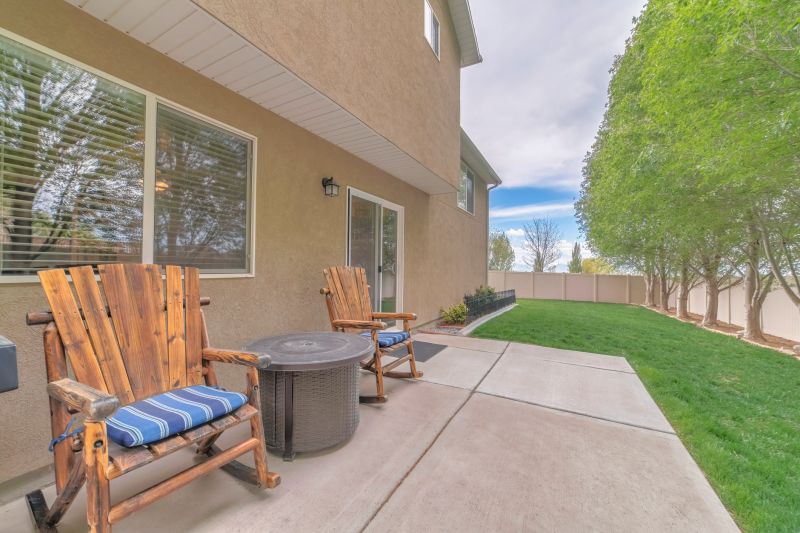
Summer provides longer days and consistent weather, but high temperatures can affect concrete setting times.
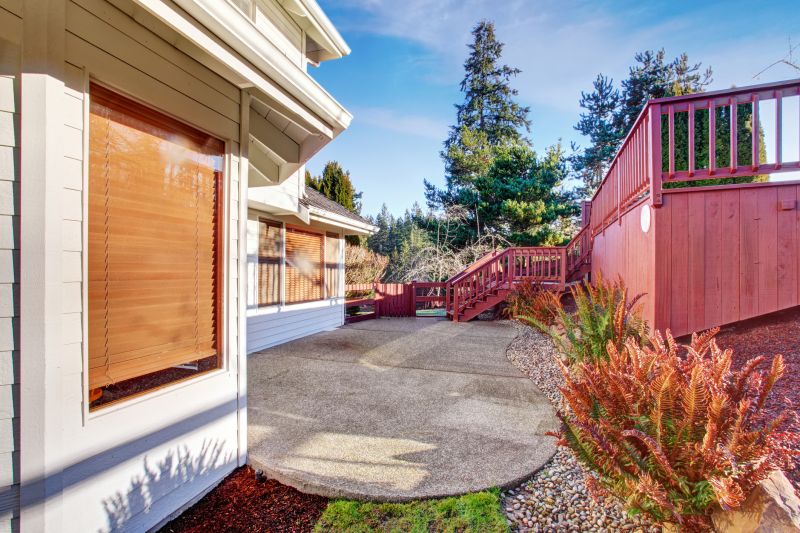
Fall's cooler temperatures and reduced rainfall create favorable conditions for durable concrete installation.
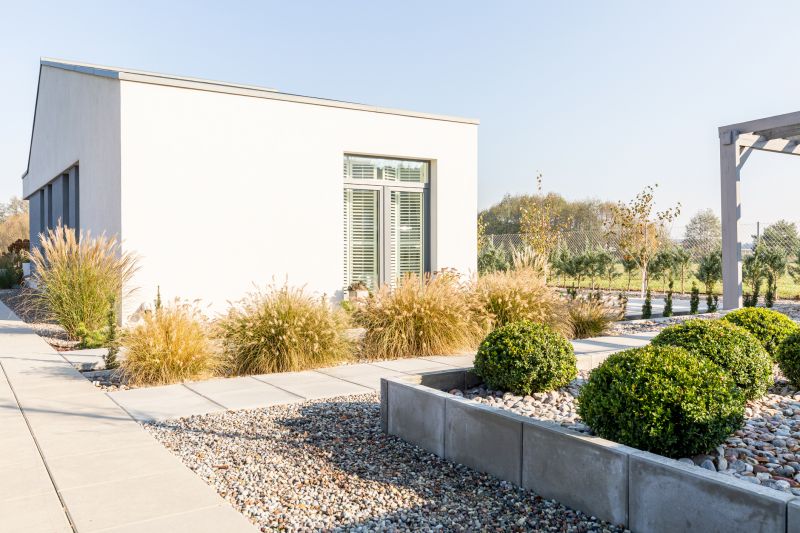
Ways to make Concrete Patio Constructions work in tight or awkward layouts.
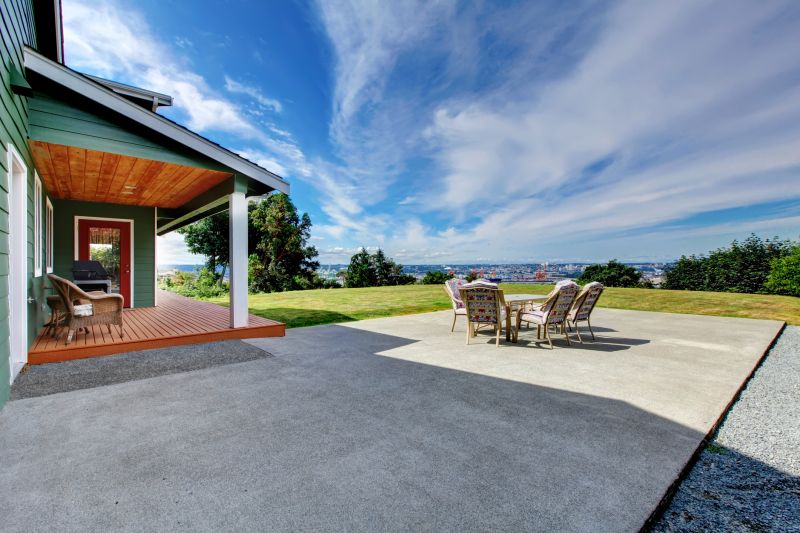
Popular materials for Concrete Patio Constructions and why they hold up over time.
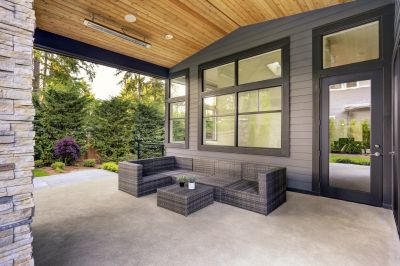
Simple add-ons that improve Concrete Patio Constructions without blowing the budget.
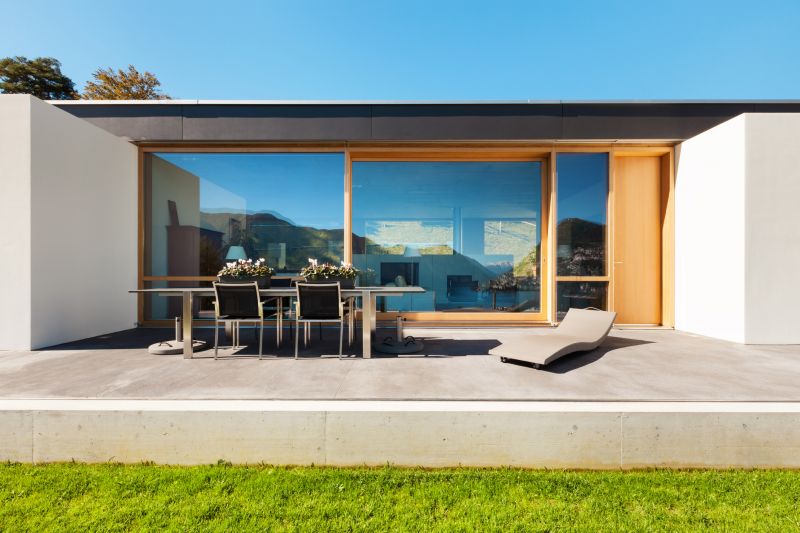
High-end options that actually feel worth it for Concrete Patio Constructions.
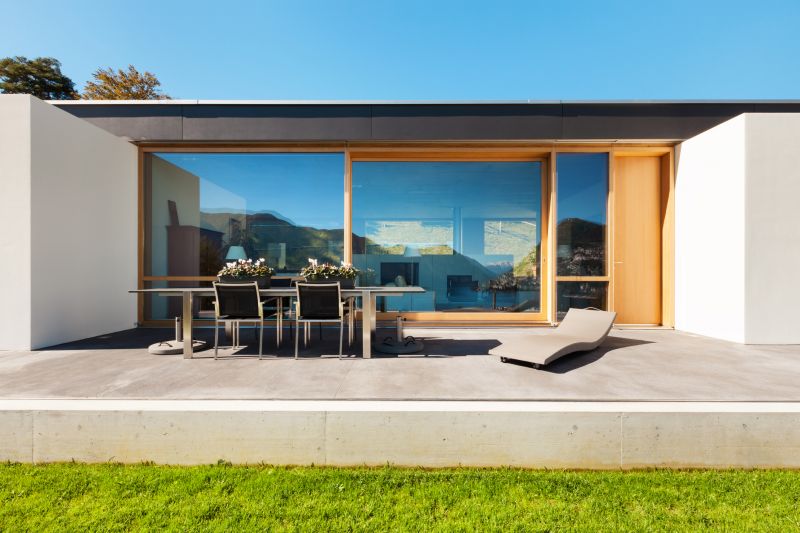
Finishes and colors that play nicely with Concrete Patio Constructions.
Concrete patio constructions are a popular choice for enhancing outdoor living spaces due to their durability and versatility. Proper timing ensures optimal curing and long-lasting results. The ideal period for construction typically depends on climate conditions, with moderate temperatures and low humidity promoting the best outcomes. In regions with distinct seasons, spring and fall are generally considered optimal, while summer may require additional precautions to prevent rapid drying and cracking.
Temperature, humidity, and weather patterns influence the best time for concrete work. Avoiding extreme heat or cold reduces risks.
Advance planning for weather conditions and scheduling during optimal seasons can prevent delays and quality issues.
Regions with mild climates allow for flexible scheduling, while areas with harsh winters or hot summers require careful planning.
Heavy rain can compromise concrete setting; therefore, construction is best avoided during rainy periods.
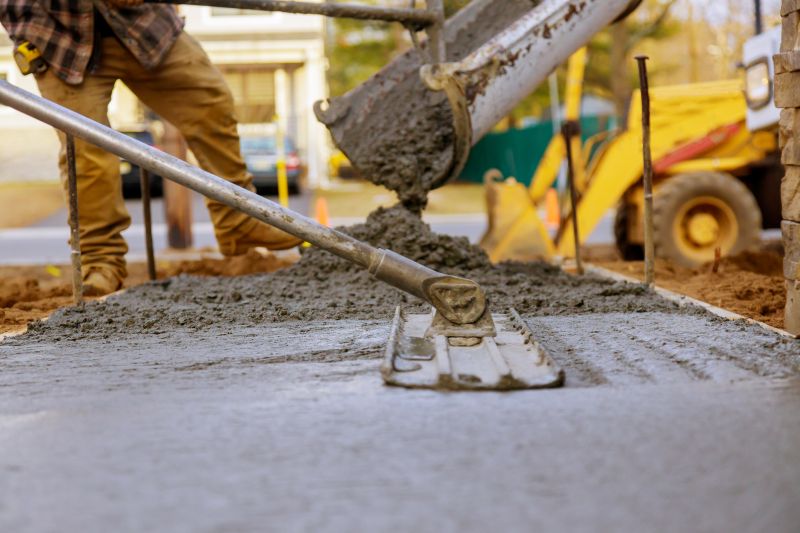
Spring's moderate weather supports optimal concrete curing and finish quality.

Summer requires measures to prevent rapid drying, such as shading and watering.
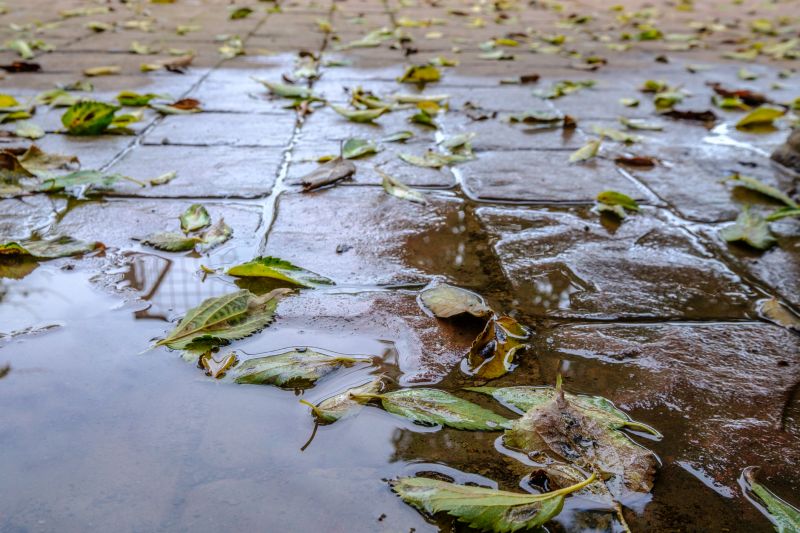
Fall's cooler temperatures promote slower curing, reducing cracking risk.

Using weather-appropriate mixes can extend construction windows in less ideal conditions.
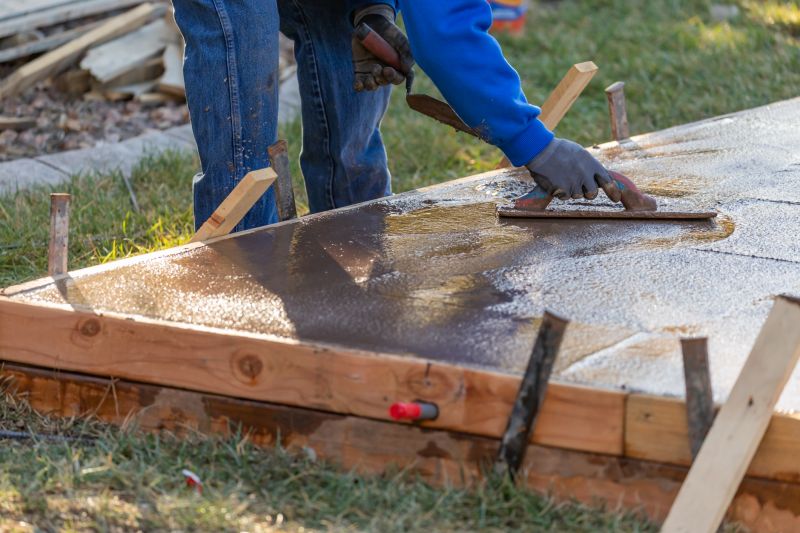
Little measurements that prevent headaches on Concrete Patio Constructions day.
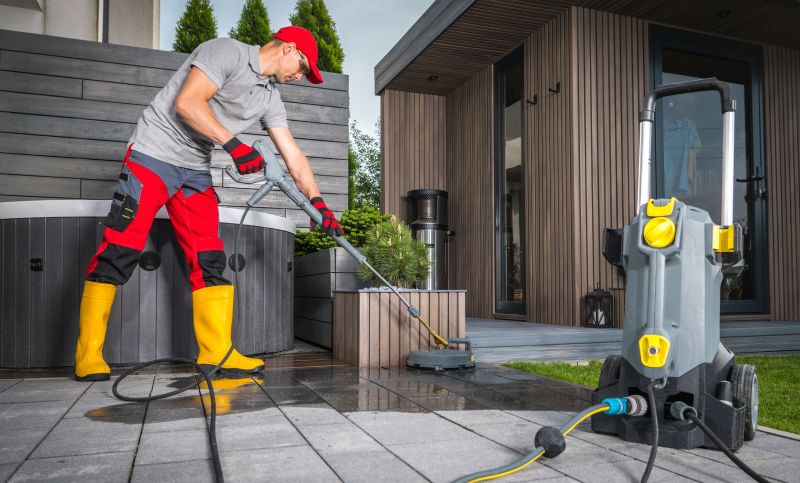
A 60-second routine that keeps Concrete Patio Constructions looking new.
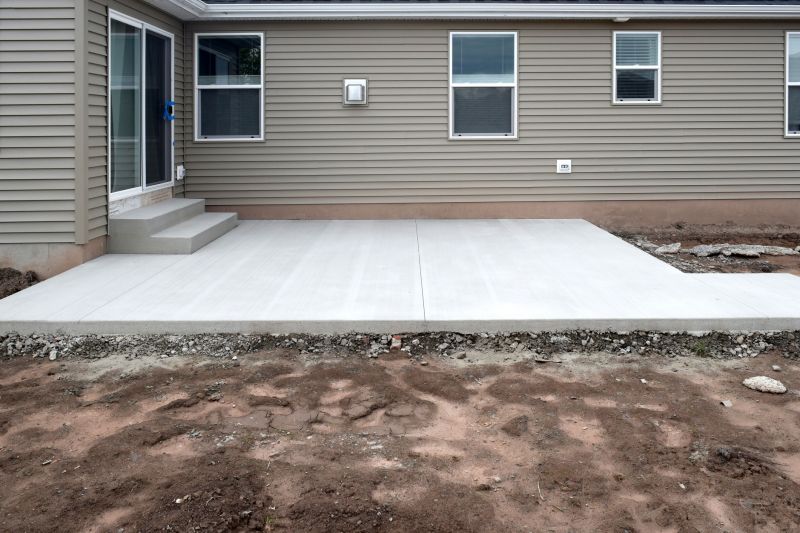
A frequent mistake in Concrete Patio Constructions and how to dodge it.

Small tweaks to make Concrete Patio Constructions safer and easier to use.
| Season | Optimal Conditions |
|---|---|
| Spring | Moderate temperatures, low humidity, minimal rain |
| Summer | Long days, consistent weather, precautions for heat |
| Fall | Cooler temperatures, dry conditions |
| Winter | Not recommended in freezing weather |
| Rainy season | Avoid due to delays and quality issues |
Concrete patio constructions benefit from being scheduled during seasons with stable weather conditions. Proper timing reduces risks related to cracking, uneven curing, and delays. Planning ahead for seasonal variations ensures that the construction process proceeds smoothly and results in a durable, high-quality finish.

Optimal conditions for curing and finishing.
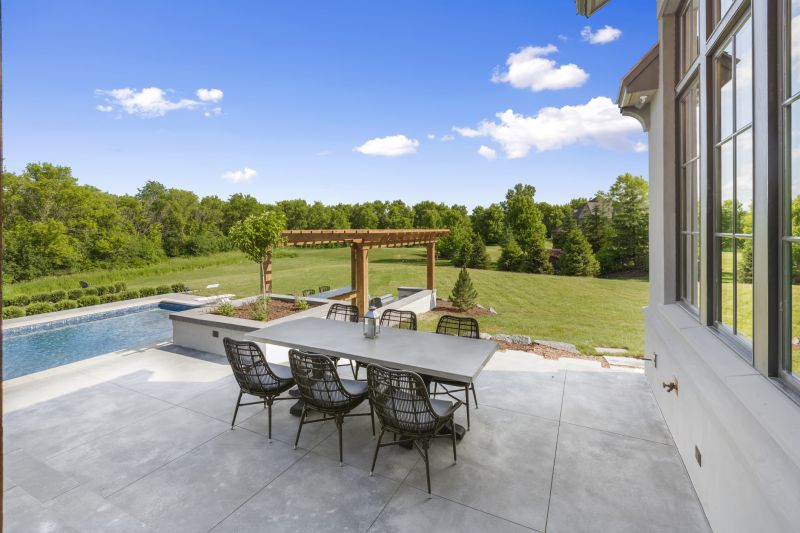
Shading and watering help manage high temperatures.

Cooler weather supports slow curing and durability.
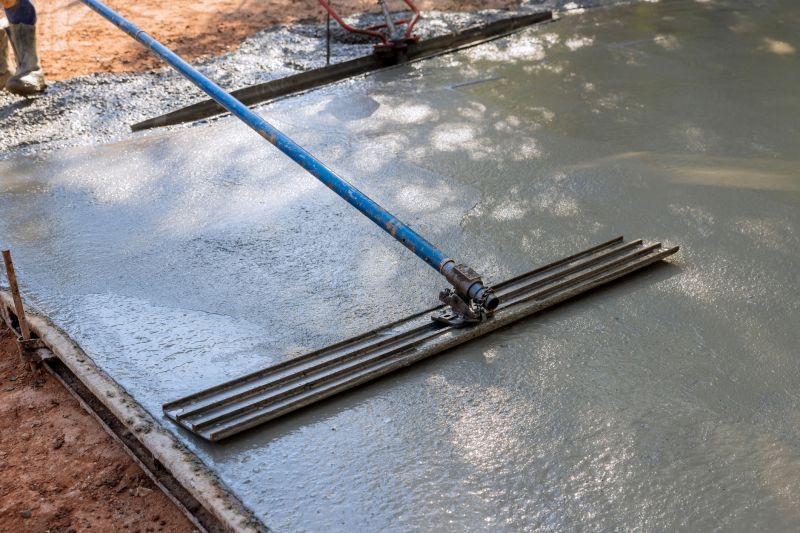
Special mixes improve performance in less ideal conditions.
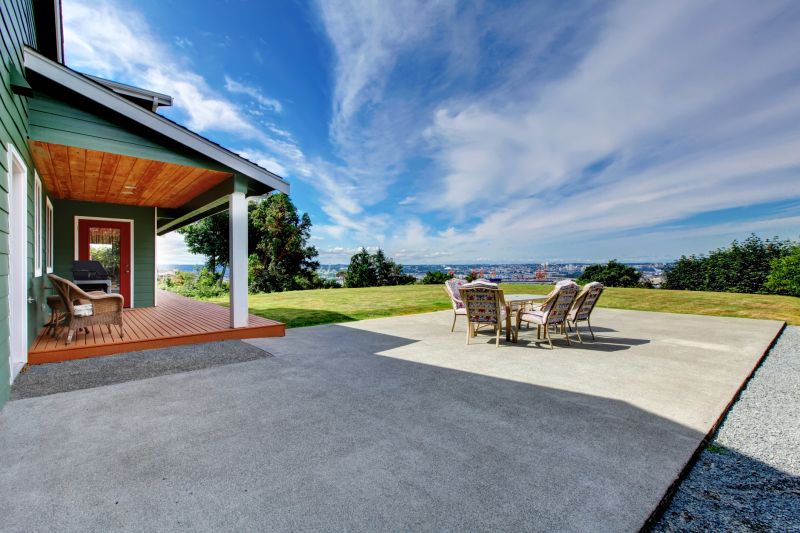
Lower-waste or water-saving choices for Concrete Patio Constructions.

The short, realistic tool list for quality Concrete Patio Constructions.
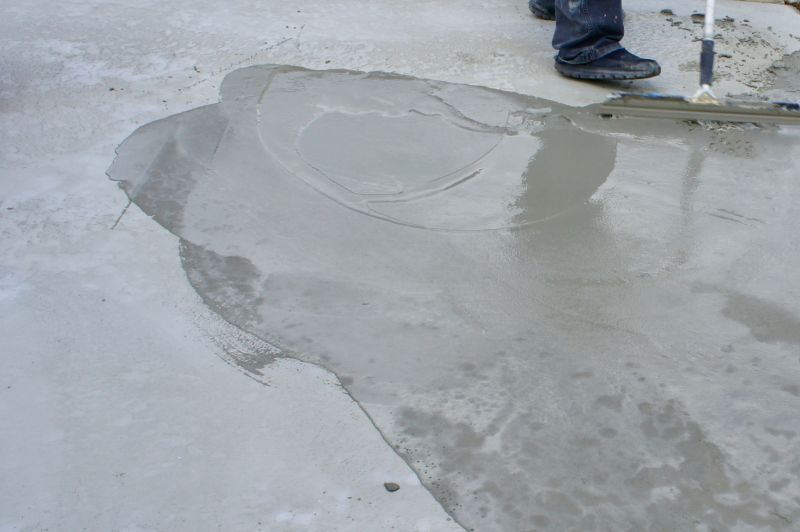
Rough timing from prep to clean-up for Concrete Patio Constructions.
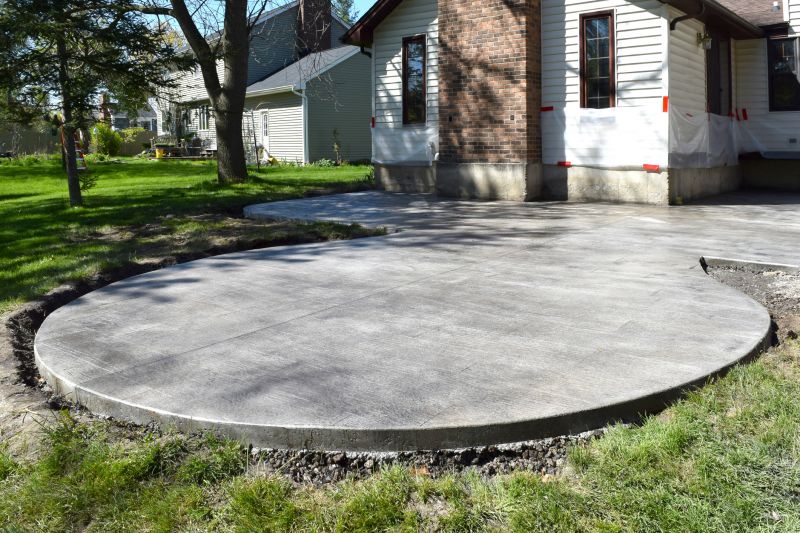
Quick checks and paperwork to keep after Concrete Patio Constructions.
Interested in scheduling a concrete patio construction? Filling out the contact form provides an opportunity to discuss suitable timing based on local climate conditions and project requirements. Proper planning ensures a high-quality, long-lasting outdoor space.



